How Mykolaiv withstood in 2022. The story of the city's defence

When full-scale war broke out, the Russians launched an offensive from the Crimean peninsula, which they had occupied since 2014, and began seizing territory in the south of Ukraine. Most of the Kherson region, including the regional centre, was occupied.
In the same way, the Russians wanted to take Mykolaiv to advance further to the south and to isolate Ukraine from the Black Sea. The South Ukrainian NPP could have been another tool of nuclear terror in the hands of the Russians, as well as the Zaporizhzhia NPP.
Read the article about how the Russians tried to capture the city and how Ukrainian troops managed to hold it.
Two offensive columns
Major General of the Ukrainian Armed Forces and head of the defence of Mykolaiv, Dmytro Marchenko, recalled that one column of Russians went to Mykolaiv. In contrast, the other went around the city to Voznesensk to create an arc for encirclement and offensive.
"This is the scenario that was used near Mariupol. Troops were fighting in the city, and other units wanted to make a big ring so that no one could break through to reinforce or evacuate. And then this ring was to be closed at Mykolaiv, and Mykolaiv was to be turned into Mariupol," the general told the local municipal TV and radio company "MART".
Marchenko recalled that the column attacking Mykolaiv from Kherson had about two thousand vehicles, and the group around it had 1,300 units.
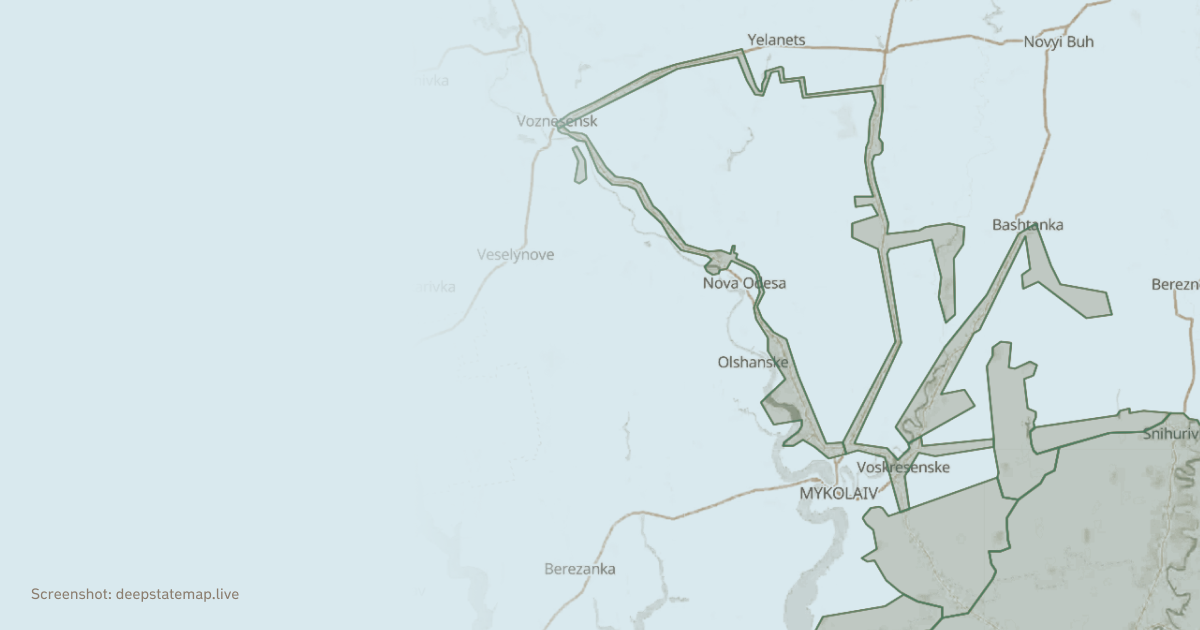
In early March, Russian helicopters deployed a landing force in the Olshanske-Kostiantynivka-Trykhat area.
Dmytro Marchenko divided the city and its surroundings into zones. The defence of each zone was assigned to a specific military unit. All available excavators were used to dig trenches. Concrete fortifications and anti-tank obstacles were installed at the checkpoints.
River crossings
The Russian army's important task was crossing the Southern Buh River. However, either Ukrainian troops prevented them from doing so, the Russians failed to gain a foothold, or the crossings could not withstand heavy equipment. Some bridges were blown up to stop the Russians from crossing. The commander of the 123rd Territorial Defense Brigade, Yurii Chaplenko, said they had to use aerial bombs due to a lack of explosives.
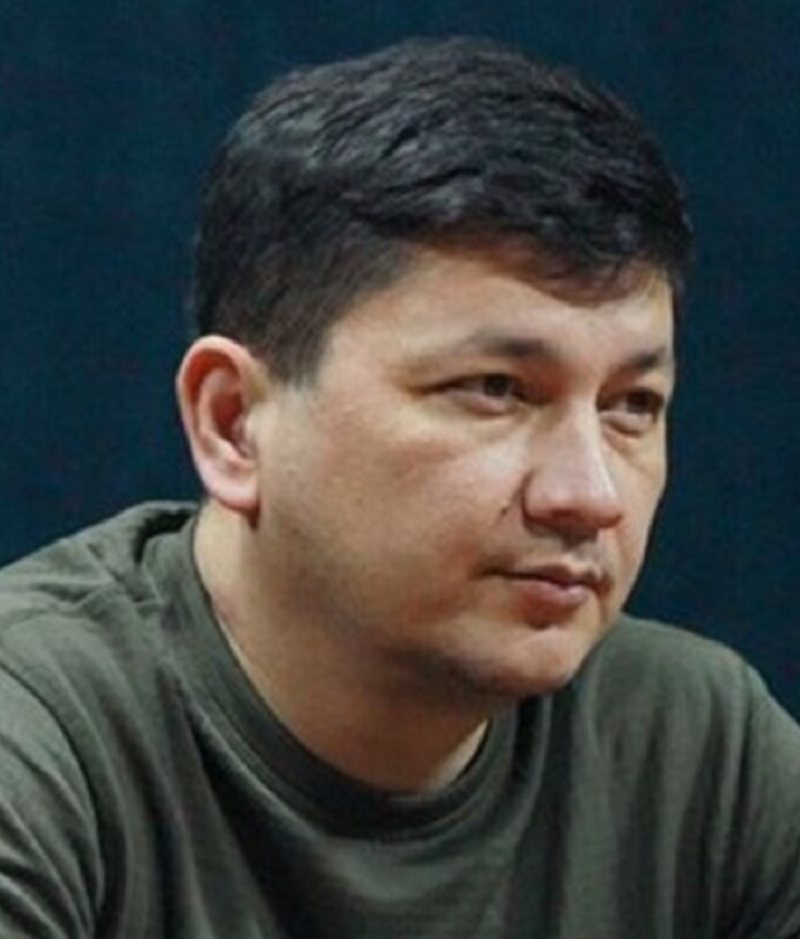
"They (Russians — ed.) did not have maps of our [water] canals and irrigation systems. We only left two bridges. We did not let them cross the river with all the other crossings. They bumped into the canals, looking for a way around, but couldn't find it. Ukrainian artillery and mortars were firing at them,"
Vitalii Kim, head of the Mykolaiv regional military administration, recalled in a TRK Mart film about the defence of Mykolaiv.
One bridge was preserved. General Marchenko insisted on it. When fighting took place near Mykolaiv in March 2022, the evacuation of the population and the delivery of humanitarian and military aid were carried out by this road through the Southern Buh Bridge to Odesa. Marchenko was ordered to blow up the bridge eight times, but each time, he found arguments not to do this. Although Dmytro Marchenko made the main decisions during the city defence, in his reply to Svidomi, he stresses that many people contributed to this, and he did not want to give the impression that he alone defended the city.
Fighting for the airfields
In addition to forcing the river, the Russians' strategic objective was to capture airfields to land their troops. Near Kyiv, the Russian army aimed at Hostomel, near Kherson — at Chornobaivka, and near Mykolaiv, Russian troops wanted to capture the Kulbakyne Air Base.
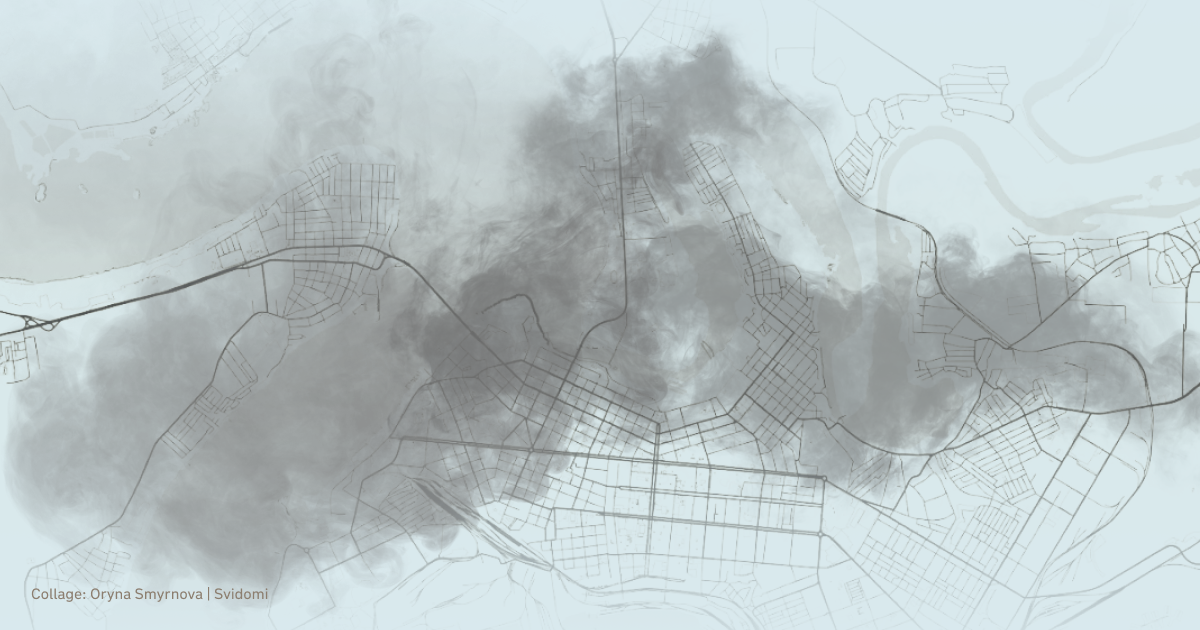
One of the decisive battles for this airfield took place on March 4. Police officers under the command of Vitalii Danila, then the head of the patrol police in the Mykolaiv region and now the deputy head of the Main Department of the National Police in the Mykolaiv region, took part in the battle for the airfield.
"This is the first attempt by the Russian army to enter the city and gain a foothold. We took the personnel of the patrol police, namely the gate unit and a special group that had weapons skills, grenade launchers, assault rifles, and machine guns. We approached the airfield, and I deployed a group from the Shyroka Balka bridge. Another group of about 20 people went from the side of my command and entered the airfield. There was a fight; we did not let them get a foothold," Danila told Suspilne.
After suffering losses in personnel and equipment, the Russian troops retreated to the Mykolaiv Aircraft Repair Plant around 19:40.
Kulbakyne was not the only airport where the Russians tried to gain a foothold. March 7, 2022, began in Mykolaiv with a massive dawn bombardment. Later in the day, the Russians attempted to take Mykolaiv International Airport, 13 kilometres from the city of Mykolaiv.
Soldiers from the 79th Air Assault Brigade, the 35th Separate Marine Brigade named after Rear Admiral Mykhailo Ostrogradsky, the 36th Marine Brigade, Special Forces and a combat unit of Vitalii Danila's Patrols defended the airport.
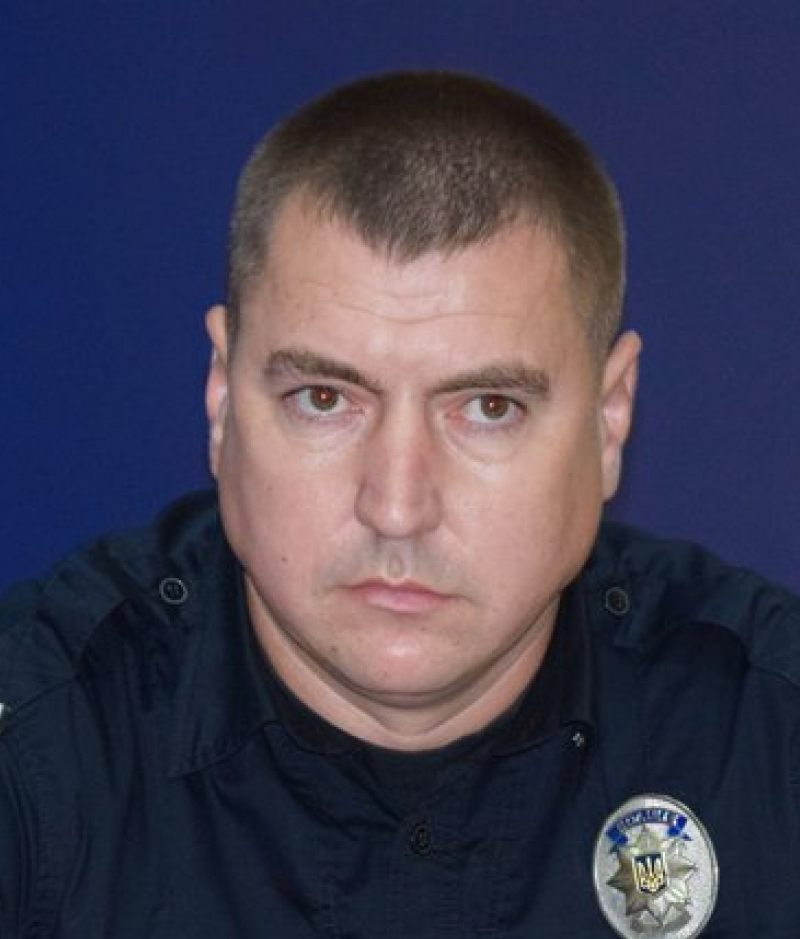
"They wanted to attack, but we shot them down, then practised with all kinds of weapons. And when they (the Russian military — ed.) realised that they could not take the airport and that the 79th [Air Assault Brigade] was also pressing on the other side, they decided to retreat so as not to be caught in a circle,"
Vitalii Danila said.
After recapturing the airport, Ukrainian troops began pushing the Russians back from Mykolaiv. On March 18, the Russians, who were south of the city, were pushed back to the administrative border with the Kherson region.
It became clear that Mykolaiv had withstood. On March 24, Volodymyr Zelenskyy awarded Mykolaiv the title of Hero City — is an honorary award established by the President of Ukraine on March 6, 2022, to honour the heroism, mass heroism and resilience of citizens who defended their cities during the repulsion of the armed aggression of the Russian Federation against Ukraine. In Ukraine, 10 cities have the status of Hero Cities.
However, constant shelling of the city continued as long as Russian artillery reached the city. In November 2022, the Ukrainian Armed Forces liberated the right bank of the Kherson region. On March 29, the Russian army launched a rocket attack on the Mykolaiv regional state administration building. Thirty-seven people died there, the most in Mykolaiv during the full-scale invasion.
On April 12, 2022, Russian troops cut off the water supply to Dnipro-Mykolaiv, leaving the city without a central water supply for a month.
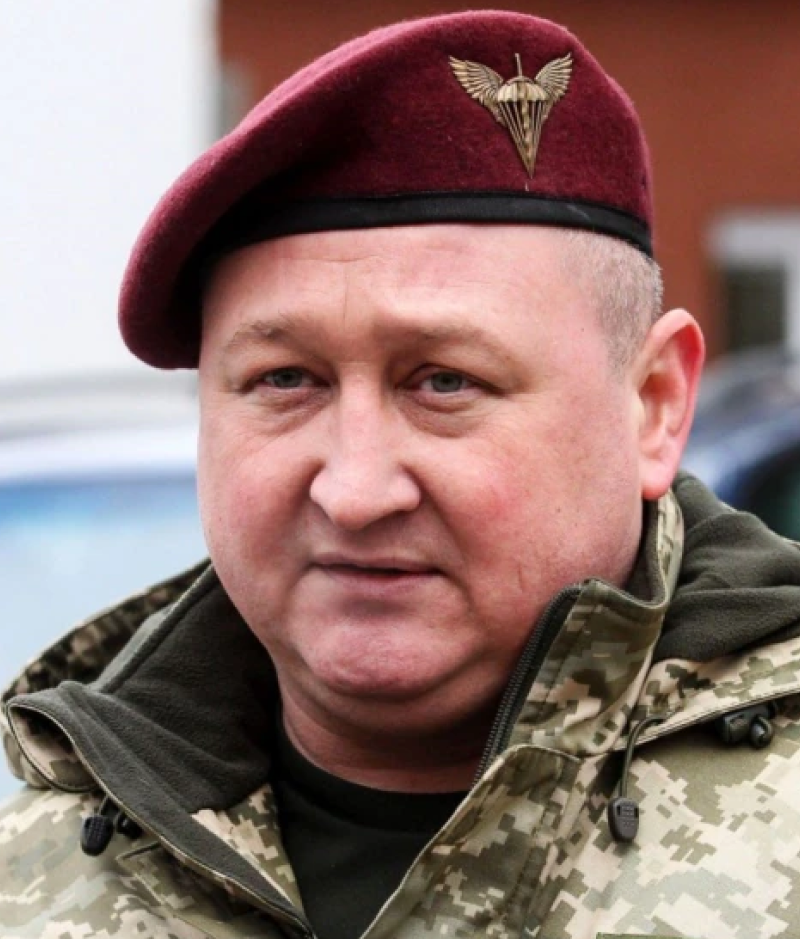
"The Russian troops missed the moment when they could have taken Mykolaiv. It [was] in early March [2022]. It was the only chance when the city was not quite ready. When people were morally depressed, they (Russians — ed.) had a chance to do it. We destroyed that chance. We took the initiative in the battle,"
said General Dmytro Marchenko.


